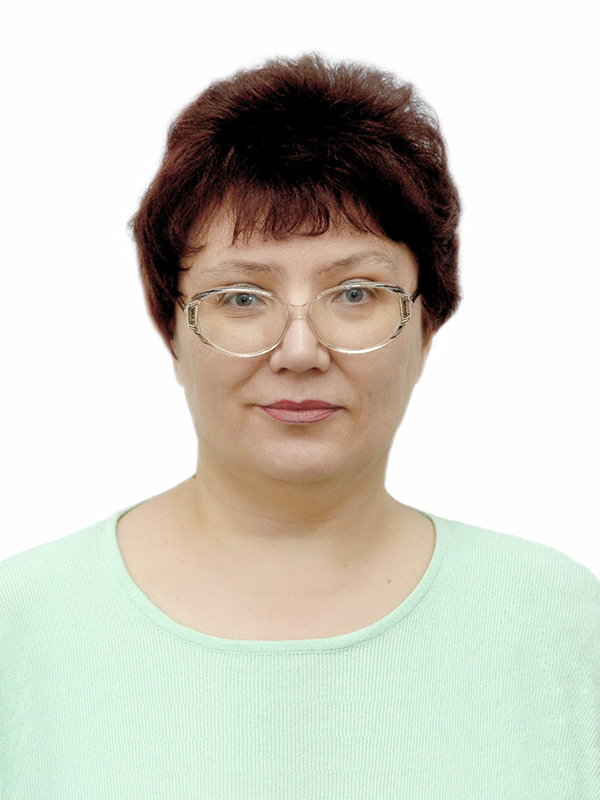The main research direction of the Laboratory of Petroleum Geochemistry of IPGG SB RAS is the study of source rocks using organic geochemistry methods to assess oil and gas potential of sedimentary rocks, as well as to provide deeper insights into the process of naphthidogenesis (generation of naphthides). The research is focused primarily on investigations of naturally occurring petroleums which include gases (e.g., natural gas), liquids (e.g., gas condensates and crude oils), and solids (e.g., solid bitumens and oil shale/sand). The laboratory staff has been widely recognized as a leading team in the petroleum geochemistry domain in Russia.
The study of geological and geochemical conditions of hydrocarbon (HC) accumulation and formation of hydrocarbon fields plays a major role in theoretical and applied petroleum geology. Understanding the mechanisms of formation of HC accumulations is critical for developing methods for assessing their accumulation in geological objects (faults, salt bodies, carbonate build-ups, etc.) and correct interpretation of their prediction.
Unique materials on geological structure, organic geochemistry and petroleum potential of sedimentary rocks of Siberia, along with the database on physical and chemical properties of oils and benzynes from some Siberian regions have been collected and accumulated at the laboratory. These are supplemented by the systematized data on kerogen composition and catagenesis of dispersed organic matter (DOM) for individual stratigraphic horizons of Mesozoic, Paleozoic and Precambrian sedimentary strata.
The summarized and systematized geochemical data on major source rocks of Siberia allow revealing the genesis, conditions of diagenesis/ catagenesis of naphthides and DOM. A comparative geochemical analysis of DOM and naphthides (which includes distribution and types of OM, catagenesis, geochemistry of С5–С8 hydrocarbons and HC-biomarkers, heterocyclic compounds) provide information allowing to establish:




















